Bill McNee, DNR Forest Health Specialist, Oshkosh
Bill.McNee@wisconsin.gov or 920-360-0942
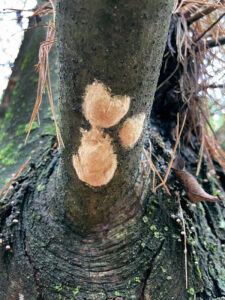
Three spongy moth egg masses are found on a tree branch at Kettle Moraine State Forest Southern Unit in Walworth County. / Photo Credit: Bill McNee, Wisconsin DNR
Now that spongy moth egg laying is complete for 2023, it’s a good time to look for and dispose of the egg masses produced by adult moths over the past two months.
Spongy moth egg masses are tan-colored lumps about the size of a nickel or quarter, and can be found on trees, buildings and other outdoor objects. They may also be found in protected places such as firewood piles and birdhouses.

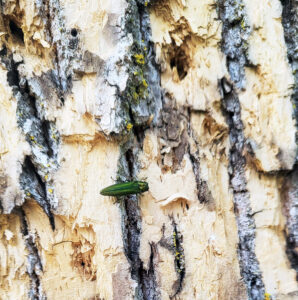
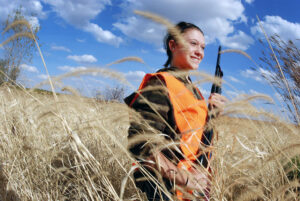
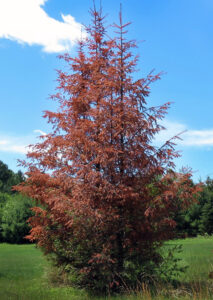
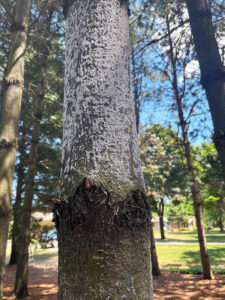
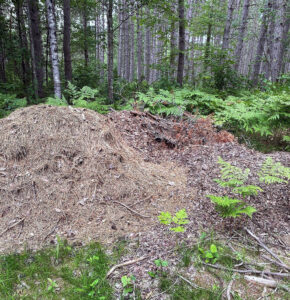
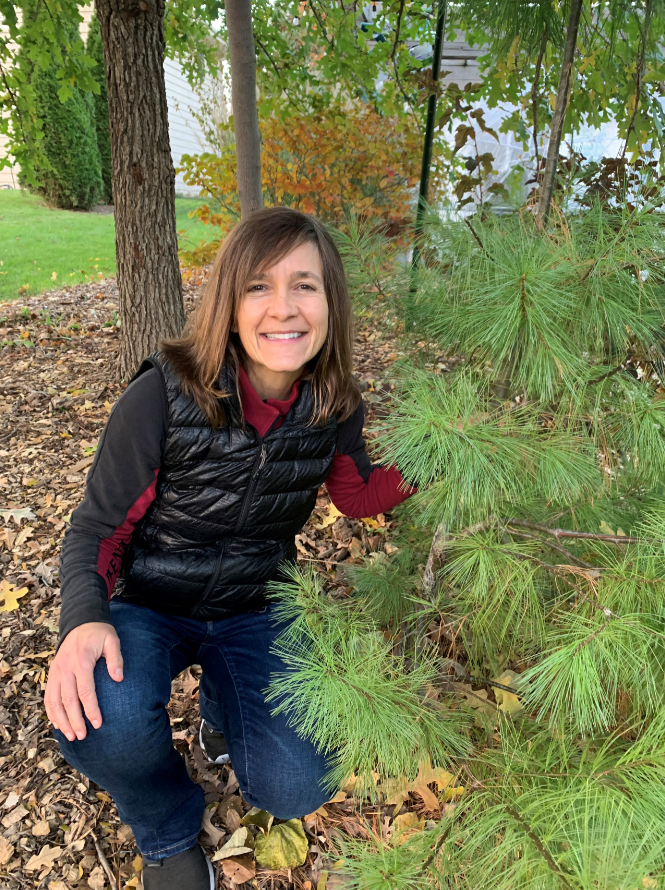 Congratulations to Kim G. Sebastian as she begins her retirement this month. Kim has been with the DNR as Urban Forestry Coordinator since 1990. Read on to hear Kim reflect on her experience with the DNR and share some parting words.
Congratulations to Kim G. Sebastian as she begins her retirement this month. Kim has been with the DNR as Urban Forestry Coordinator since 1990. Read on to hear Kim reflect on her experience with the DNR and share some parting words.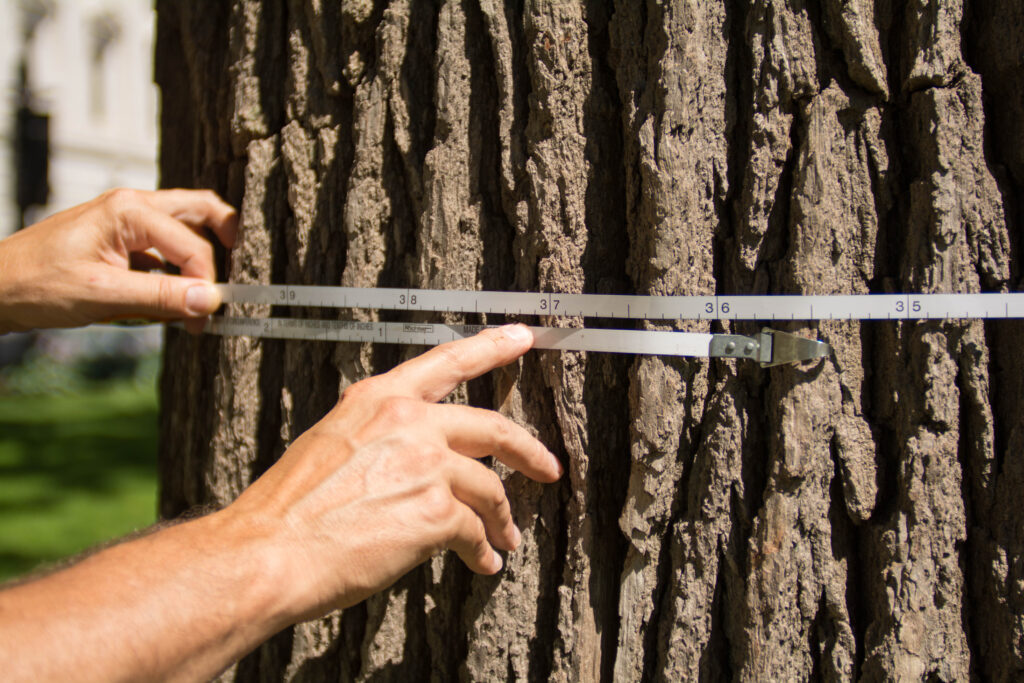 Tree inventories are foundational elements of sustainable urban forestry programs. You need to know what you have to best manage your trees. Because of the importance of these datasets, the Wisconsin DNR Urban Forestry program often funds inventories through their annual grants (
Tree inventories are foundational elements of sustainable urban forestry programs. You need to know what you have to best manage your trees. Because of the importance of these datasets, the Wisconsin DNR Urban Forestry program often funds inventories through their annual grants (